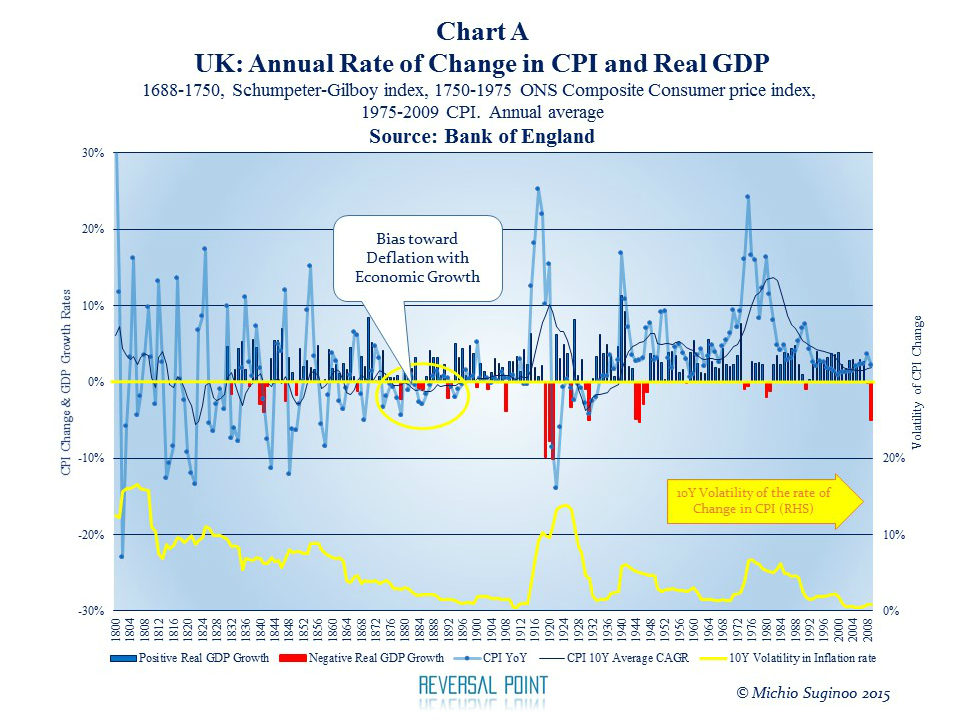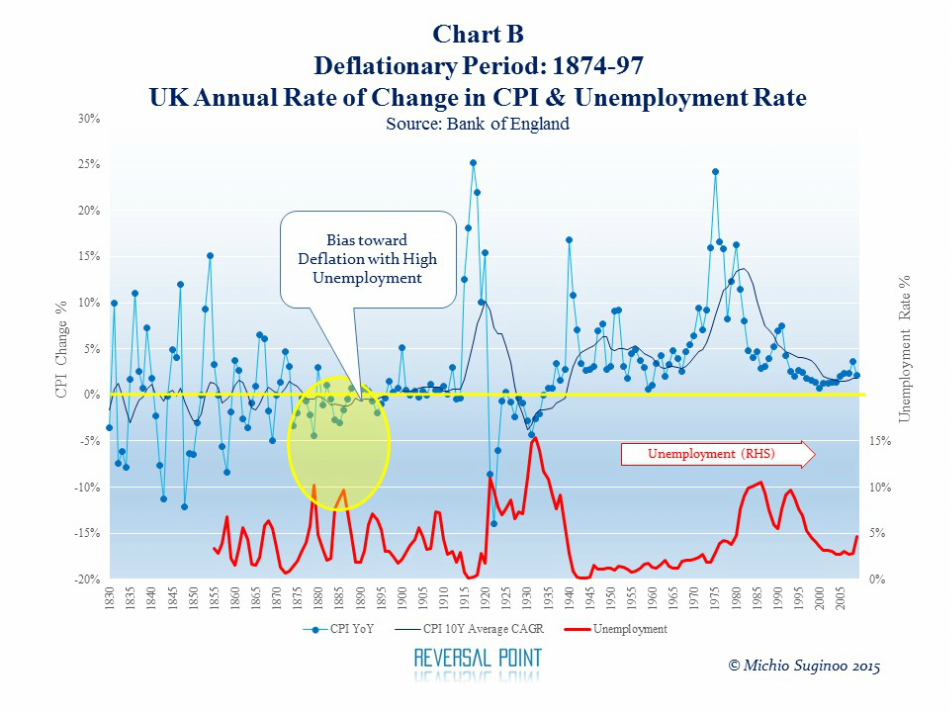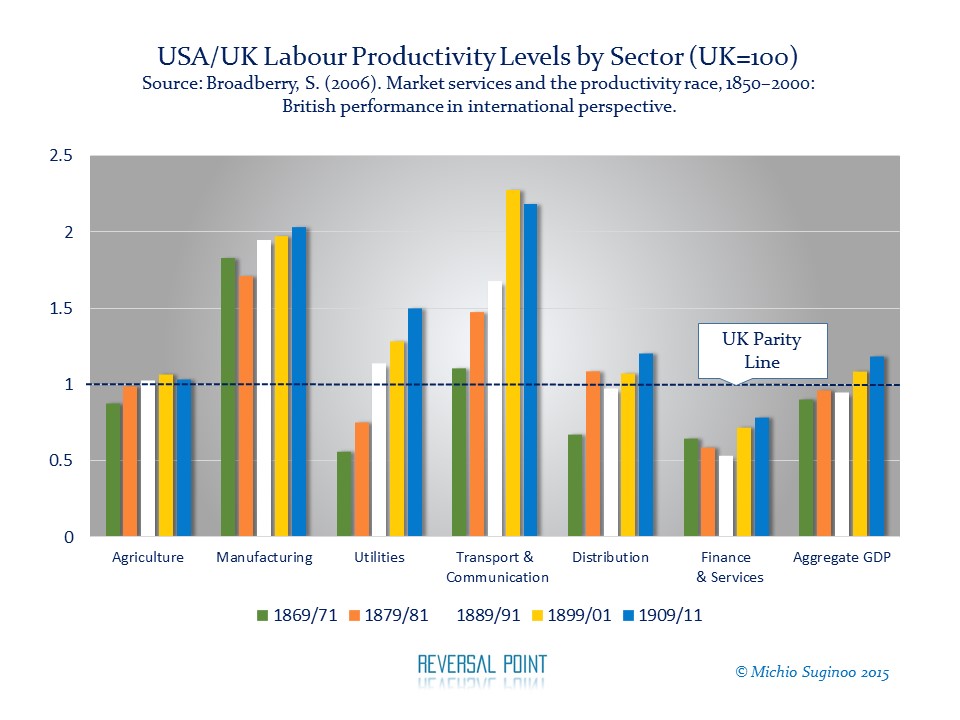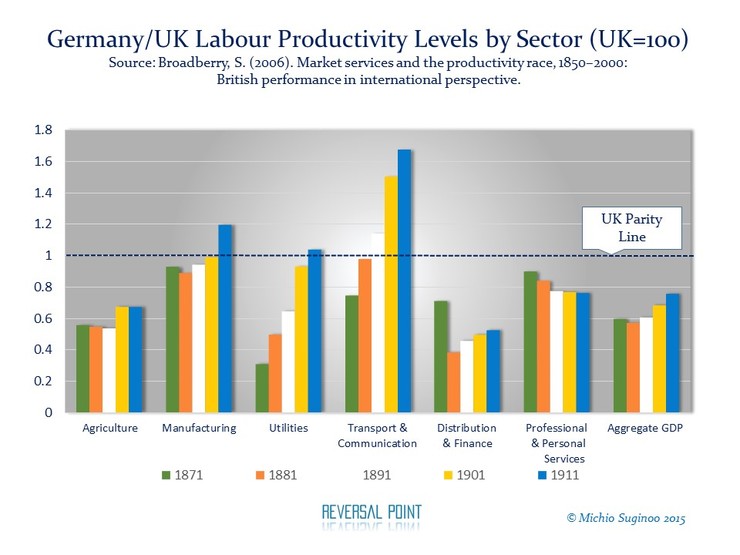Article 3-3
|
|
Advance Notification about Disclaimers:
Please read the "Terms of Use" & "Privacy Policy" of the site before you submit any comment. Your participation in the comment below is deemed an explicit agreement with "Terms of Use" & "Privacy Policy" of the site. |
|



